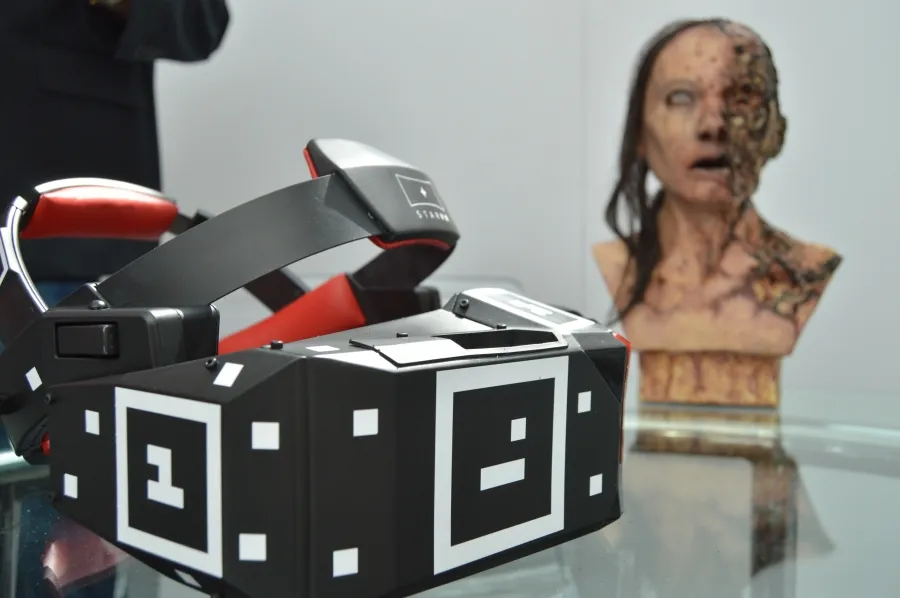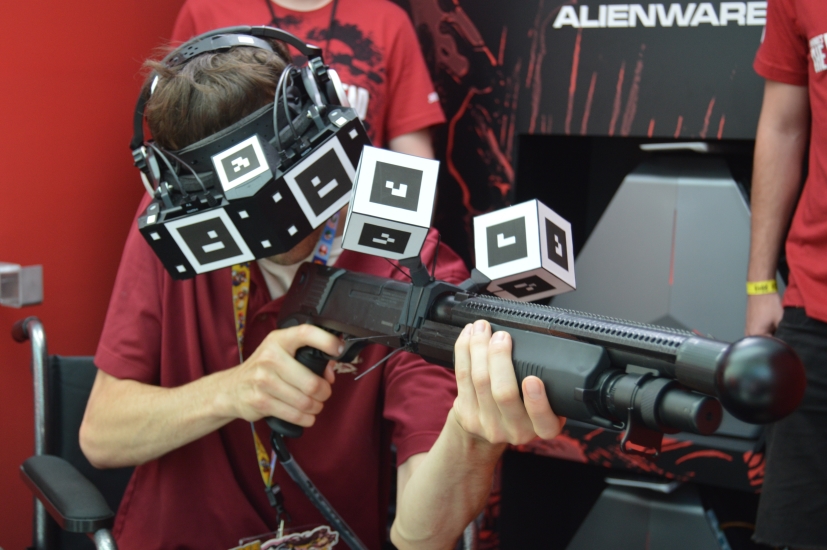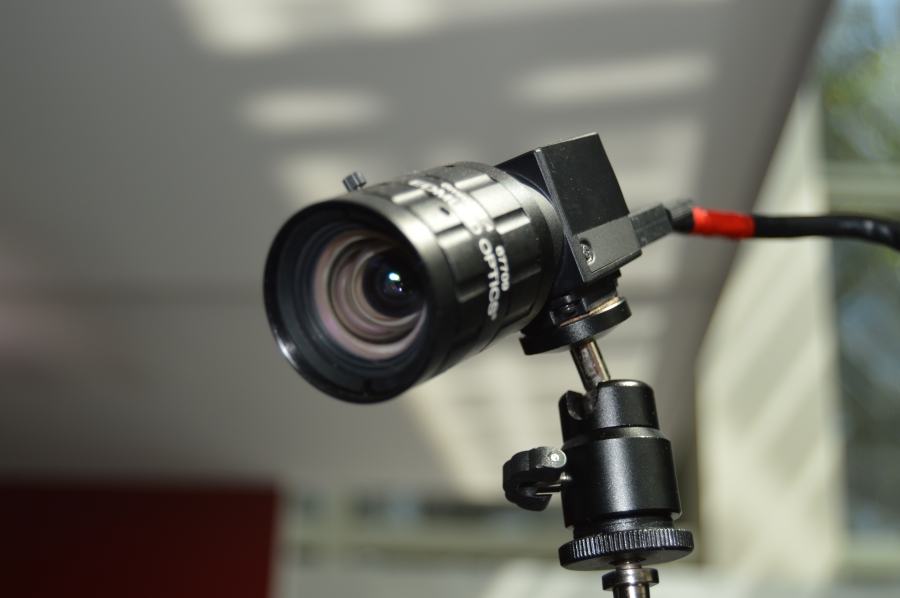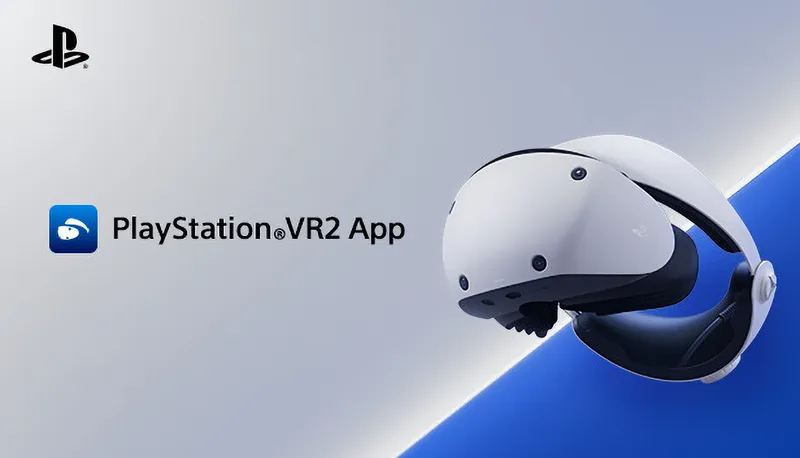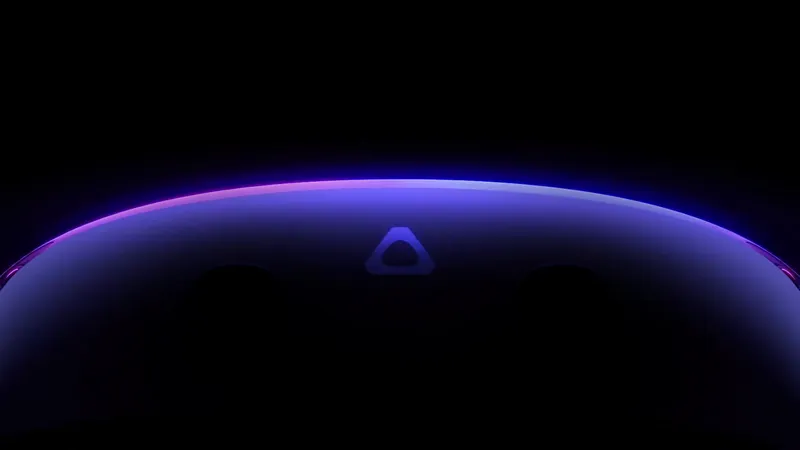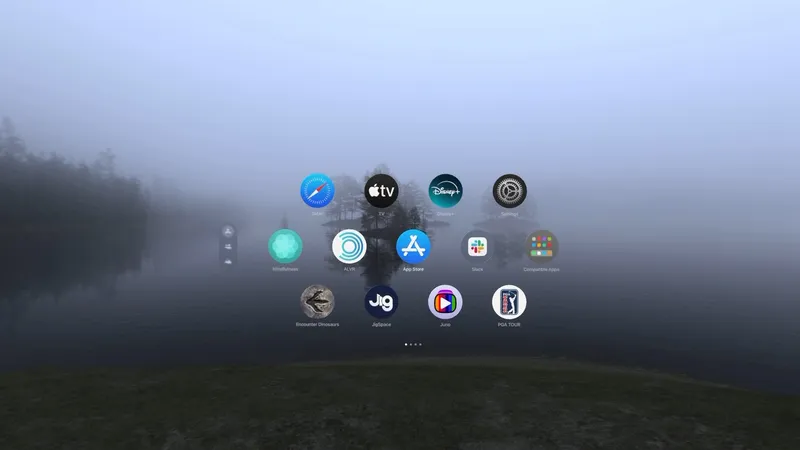In the middle of an explosive battle for the market of virtual reality that just hit the E3 conference, a new team joins the field. Their gamer tag Starbreeze appears on the screen as their logo of a menacing sun smirks down below. I’m among the 1st to approach their home base to test out the brand new hardware that day. As I walk around, a network of high powered computers boots up. Several futuristic helmets lay around the room along with heavy duty shotguns positioned nearby. I put on the headset, immediately teleporting me to the decrepit wasteland where the fight begins. I cock the gun, aim, and headshot!
That experience comes from “Walking Dead” franchise, which is a major production for the virtual reality industry. However, the magic of this demo lies within the hardware running the devices – specifically the StarVR helmet. We got an in-depth look at the system before most of the press had access to it, so let’s jump right in.
First off, the technical specifications listed on the website are enough to make any VR enthusiast salivate over:
- 210° horizontal field of view (FOV)
- 130° vertical FOV
- Dual 5.5″ Quad HD panel architecture – LCD screens
- 5120 x 1440 pixels total (2560×1440 pixels per eye)
- 5K resolution
- Custom Fresnel-based Optics
- Real-time 6 Degrees of Freedom
- 360° Submillimeter Optical Tracking
- IMU and Optical sensor fusion for a low-latency experience
This is a top-off-the-line Virtual Reality system, as seen by the details above. Yet, a big question that arises when looking at this is “what kind of computer am I going to need to run all this on?!” The answer lies in the devices that were are the demonstration booth at E3 – Alienware.
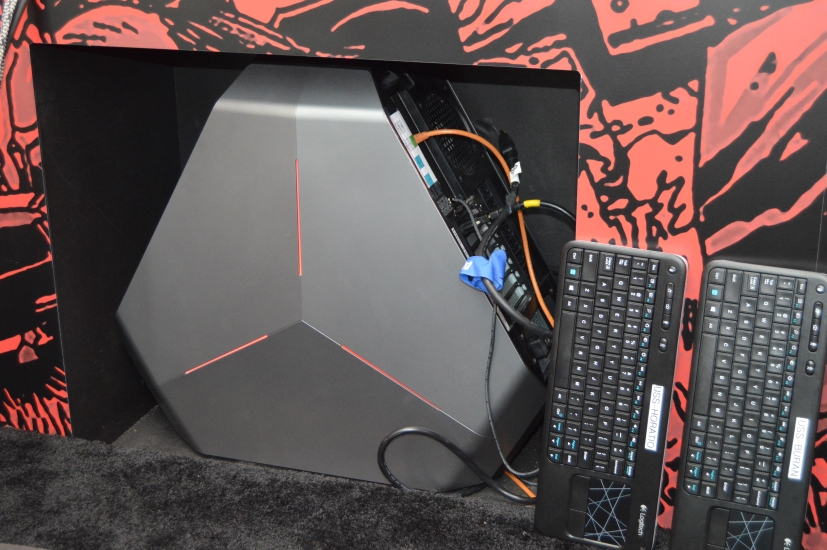
Right from the get-go, the Alienware name and its little alien head was everywhere; but the Starbreeze and InfinitEye teams wanted us know that they can run the hardware plus the content on standard computers. For instance, the developers can load it up on both Windows and Mac computers. Intel i5 CPU processors on the lower level can provide enough juice to get things going, as mentioned by Starbreeze’s CTO Emmanuel Marquez. However, the CPU isn’t really that important here, as Marquez discussed. It is more about the GPU in this case.
The people running demos didn’t want to give out exactly what the drives were that were in the Alienware computers at the demo booth at first. From the sounds of it, Alienware bundled up the devices and shipped them out. Then, the developers ran tests on them and used them as is. We asked what gamers should be aiming for to prepare for a top of the line VR system, and the Lead VR Product Designer, Guillaume Gouraud, stated that “any top of the line graphics card would be a great place to start.”
My suggestion is to shoot for a graphics card like the Nvidia GeForce GTX 980. At that point, you could pick up a Titan X while you’re at it. Still, the team members kept insisting that this can run on most gaming devices right now.
In regards to the headset, the enormous FOV is by far the best part. The two Fresnel lenses are custom made at a factory in an undisclosed location in Europe. Marquez told us that the optics was the hardest part to get perfect, and man, they seemed to have figured those lenses out. Marquez went on to called this a “benchmark” for VR. I have to agree. The StarVR is the most immersive wearable I’ve tried on yet in terms of how much of the screens I could see. There was no visible screen door effect. The resolution was extra-ordinary. The refresh rate though was a bit modest, set at 60Hz, but they are shooting for 90Hz soon.
Tracking is accomplished through the camera placed strategically above. For the majority of the experience, the system did a decent job. The weapon worked well, which was developed by TrinityVR – who previously prototyped the Trinity Magnum VR gun. At the same time though, the lighting and contrast issues is where the system breaks down a little bit. Throughout the entire time our crew was there, developers were concerned with the sunlight coming from the windows. Also, after snapping several photos, they suggested that we remove the flash so that we don’t disrupt the tracking.
The good news though is that Starbreeze are open to working with Valve and their lighthouse solution. They could even potentially team up with Oculus too if they wanted (which was not specifically stated). This was discovered as we were walked through the “StarVR mini-museum” of earlier iterations. The original design used a dot-tracking system on a cardboard, duck-taped headset. That prototype for the interest of Emmanual Marquez and his team.
From there, they experimented with infrared LEDs. After that, the fiduciary markers were place on just as a placeholder for now until they decide where to go with the tracking next. Essentially, the tracking mechanisms can be switched out for IR LEDs or photodiodes depending on which direction the development team wants to travel.
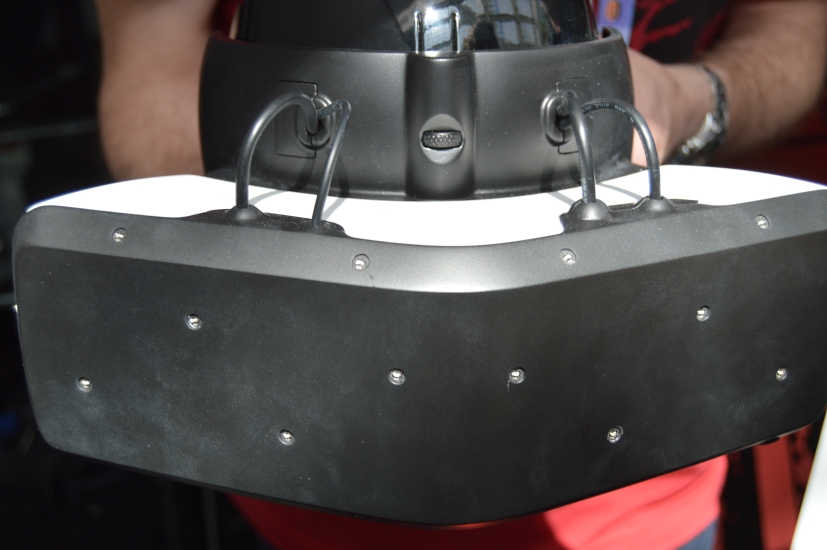
IPD is adjusted with the software. The helmet itself also comes with adjustments on the sides of the straps and in the back. It all feels like a construction hardhat in that sense. The headsets is lighter than expected. Sections of the outside were made with carbon fiber, proving a light weight, yet durable form. Inside, there are aluminum and plastic frames. The prototypes we saw had 3D printed material within it. On a neat side note, the front of the visor can be flipped up anytime the gamer wants to bring themselves back to the real world.
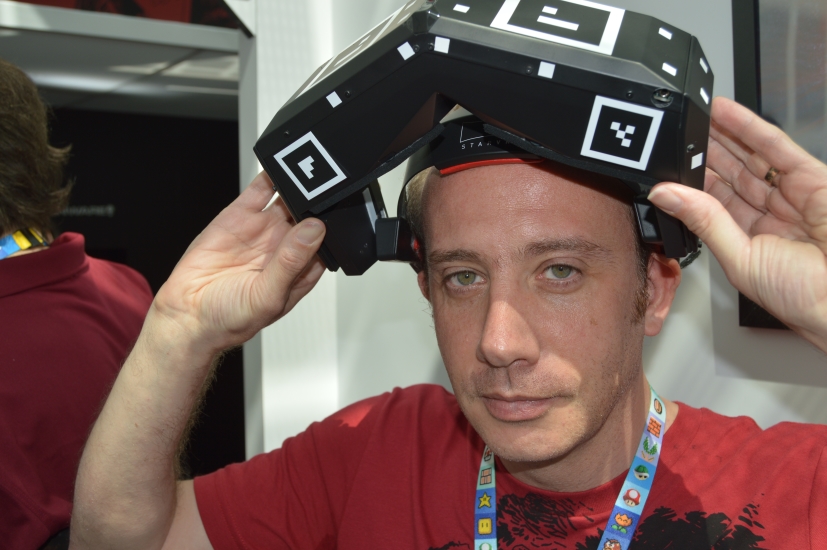
In addition to the impressive helmet, the demonstrations were all linked up through a network. The users did not see each other in the experiences, but the computers were all attached together. The information from one device transferred in real-time to another computer hooked to a monitor that showed the movements of that perspective of the game. What this means, it that they are testing out the social aspects of the system already. Switch out the gaming devices for servers while increasing the distance from one device to the next and we now got a streaming network service, allowing for many access points across the globe.
Also, the demoers at E3 were controlling the experiences from a wirelessly connected tablet. It showed a 2D representation of the map with markers showing where the players were. They could press buttons from there and initiate certain call to actions. They even mentioned that they could have gamers on smartphones and tablets interacting with people who are in VR at the same time. This opens up a wide variety of possibilities for future iterations once they build everything out.
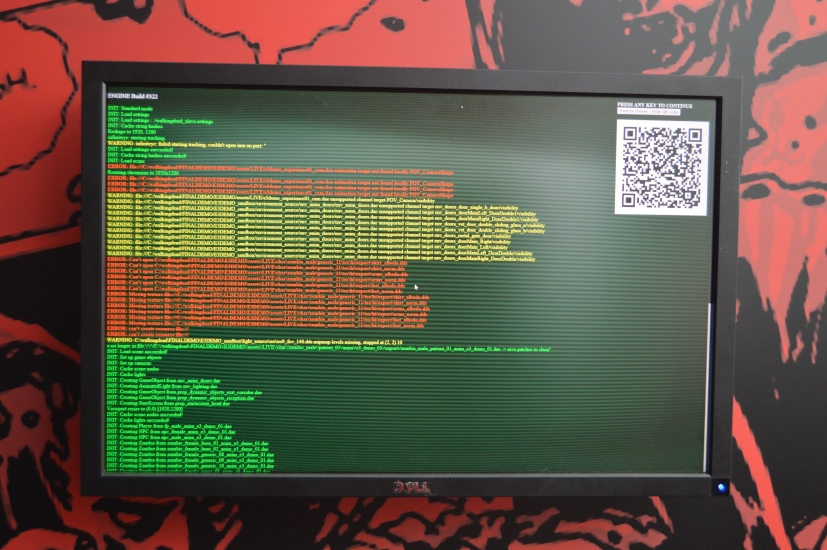
Another huge surprise was that Marquez mentioned to our Editor in Chief, Will Mason, that eye tracking is the next step for this. Gamers will lose their minds once they get access to a headset with such a large FOV with eye-tracking included. Personally, I cannot wait for eye-tracking to be integrated. I’ll travel anywhere in the world to give that a ride. You hear that Starbreeze and InfinitEye! I’ll meet you anytime, anywhere, once the eye-tracking is ready.
The biggest challenge though has to do with the content creation side. The hardware is nearly good enough, but there isn’t games and experiences ready for a consumer release. Luckily, the StarVR platform already has wrangled up a few partners. Venice, California-based VR studio WEVR is on the list. The entertainment giant Lionsgate is on board too in addition to 505 Games and Skybound as well.
Interestingly enough, the computer manufacturer Toshiba is among one of the partners. This is big news because Toshiba may start bundling up VR-ready devices in the near future. This would be great for the consumer market because the people can purchase the systems they need without having to worry about upgrading their GPU’s or other specs. Honestly though, I’d prefer to see an Alienware partnership for the gamers as well, but this is definitely a great start point for sure.
For more information about the StarVR headset, visit their website linked above and watch the video below:
https://www.youtube.com/watch?v=GADtniiZL9c

